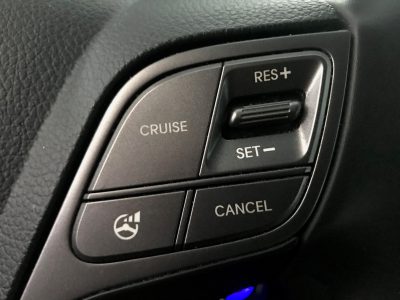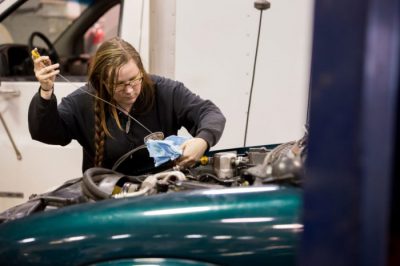- BY DR. MEG VARNER-SODEN, DVM
Originally published in the August 26, 2022, edition of the Valley Advantage – https://www.thevalleyadvantage.com/community-columns/from-nose-to-tail-the-benefits-of-pet-ownership/article_4415116e-0511-588c-a884-fbcf2ee5886b.html
If you take the time to read this monthly column, you must be an animal lover. Well, you are not alone! A National Pet Owners Survey performed by the American Pet Products Association for 2021-2022 estimated that approximately 70% of US households own at least one pet. The breakdown showed that about 69 million families own dogs, 45 million own cats, 3.5 million households have a horse and 10 million have pet birds.
Those of us who worked in the “trenches” of small animal general practices throughout the early course of the COVID-19 pandemic saw an absolute eruption of puppies and kittens being introduced to households.
Like the term Baby Boomer generation, we now have a generation of dogs and cats that will be known, at least by the veterinary community, as COVID puppies and kittens. Many cases we cared for were first-time pet owners who finally found themselves with enough time and desire to raise a pet while stuck at home. People found themselves greatly drawn to the comfort, engagement, and companionship pets provide.
Regardless of our exact circumstances, most of us were uneasy and anxious about the unknown during the first two years of the pandemic. What better stress relief was there than a warm, furry baby cuddling on your lap or jogging by your side?
Our first question is, “What is the human-animal bond?”
The American Veterinary Medical Association defines the human-animal bond as a “mutually beneficial and dynamic relationship between people and animals that is influenced by behaviors essential to the health and wellbeing of both.”
A national survey conducted in 2021 by the Human Animal Bond Research Institute showed us that the COVID pandemic has led to a significant increase in the daily hours that owners spend with their pets. Sixty-four percent of these respondents stated that they are now more likely to devote more time to their pets after the pandemic.
While a majority of pet owners reported that their health improved due to owning a pet, 87% of respondents acknowledged that their mental health improved the most. Many of these pet owners have even reported discussing the benefits of their human-animal bond with their doctors and/or therapists. This survey also found that human practitioners are increasingly recommending pet ownership to their patients!
“What are some of the proven health benefits of owning a pet?” is our second question.
Research studies and surveys reveal a plethora of physical and emotional health benefits that pets provide to us.
According to the Human Animal Bond Research Institute, these include, but are not limited to:
• Reduction of stress.
• Reduction in feelings of depression and/or anxiety.
• Grief support.
• Improvement in Post-Traumatic Stress Disorder severity.
• Support of healthier aging (including Alzheimer’s disease and dementia situations).
• Improvements in autism spectrum disorder.
• Improved cardiovascular health parameters due to increased exercise.
• Improvement in childhood allergy, eczema, and asthma parameters.
The proposed scientific basis behind the magic of the Human-Animal Bond has much to do with its effect on our physiologic responses, such as influencing our hormone levels of oxytocin, cortisol, and epinephrine. Studies have also correlated prenatal and adolescent exposure to pets with a more robust adult immune system. We have also found dogs to have incredible senses that can detect pre-seizure situations and low blood sugar, among other ailments.
Our last question is, “are there ever any negative impacts of owning a pet?”
Surely not 100% of pet ownership is positive at all times. Responsible pet ownership comes with emotional, financial, and sometimes even physical impacts. Pets can develop diseases, suffer from mental health disorders such as aggression and/or anxiety, and also zoonotic diseases, which are a subset of diseases we could contract from pets. Some examples include rabies, ringworm, roundworms, and leptospirosis.
The CDC is an excellent resource for learning more about zoonotic diseases. You can protect yourself and your pet from many of these conditions by being educated and proactive with their wellness care.
So, no matter what type of pet or pets you have, love and care for them as much as they love and care for you. You both will be better for it.
Dr. Meg Varner-Soden, DVM, is the veterinarian at the Johnson College Animal Care Center as well as an instructor for the Johnson College Veterinary Nursing Program. She has been practicing veterinary medicine for 12 years.






